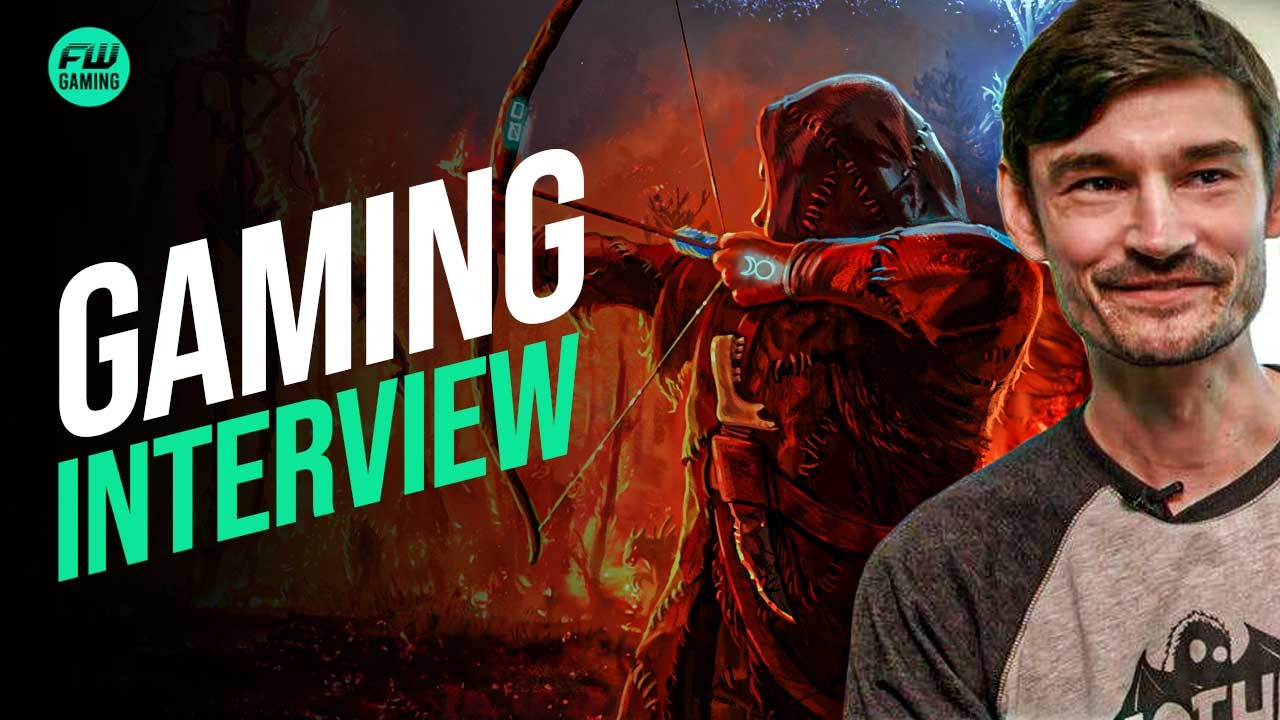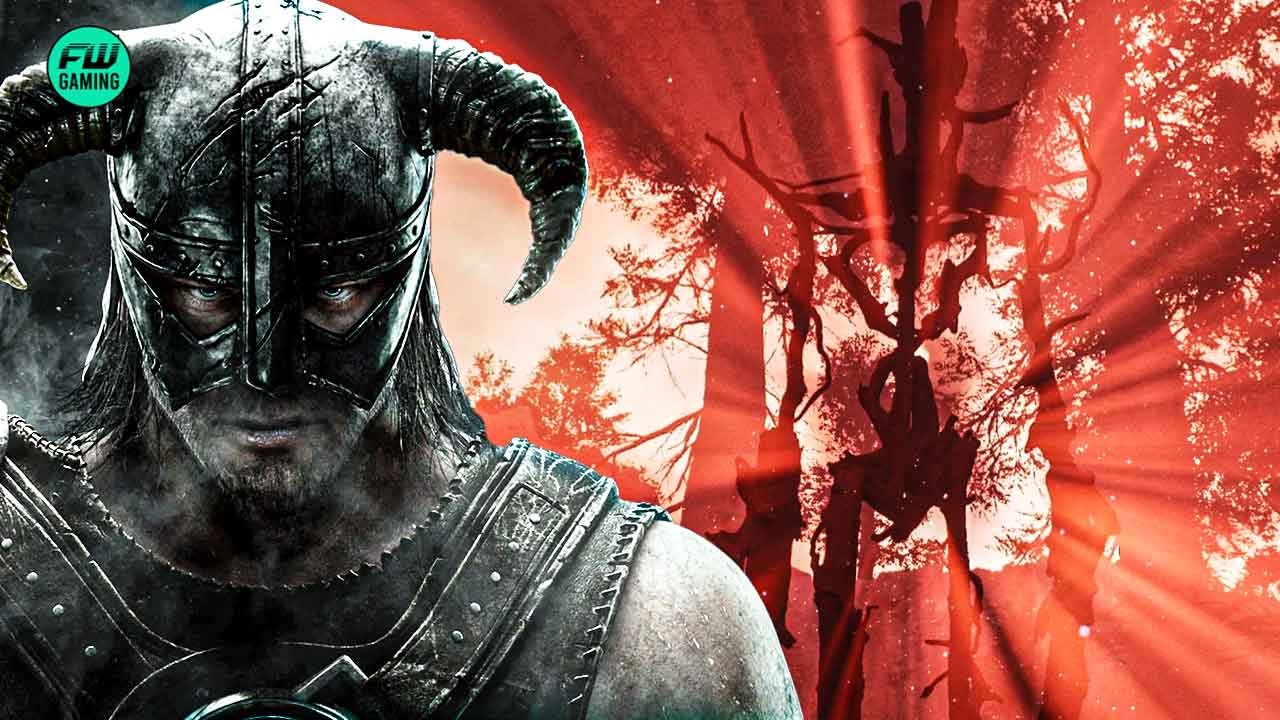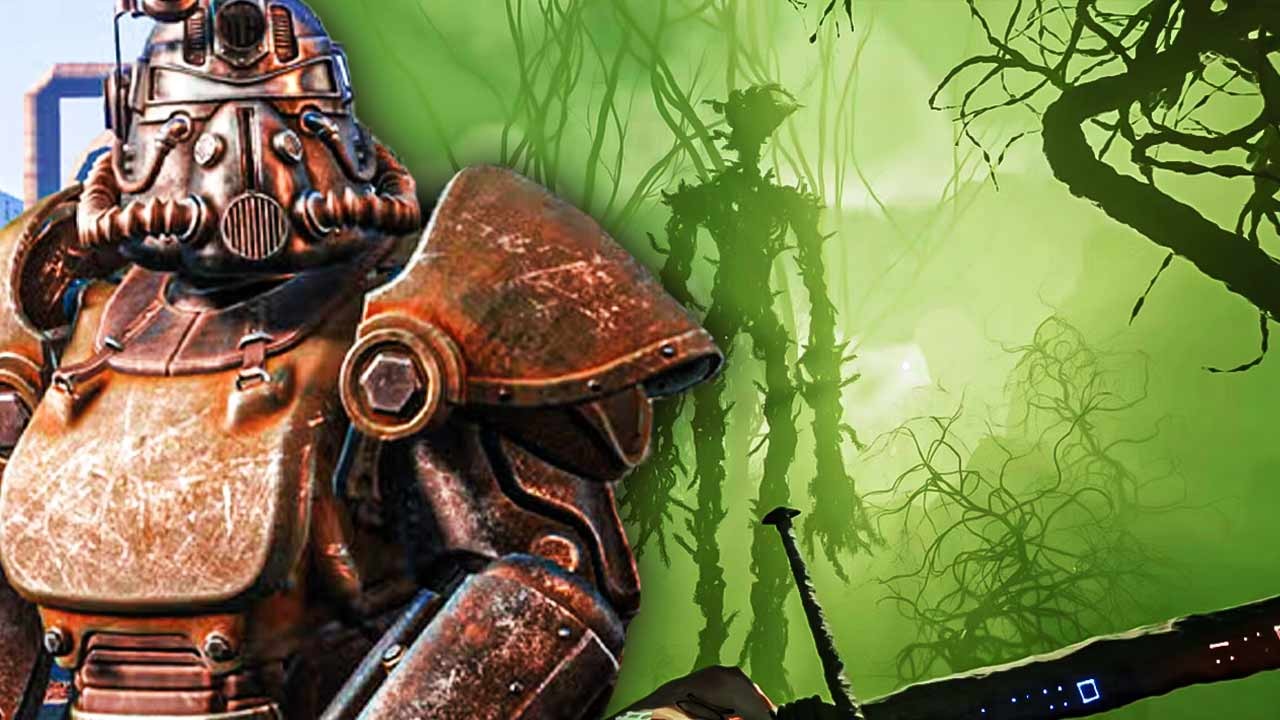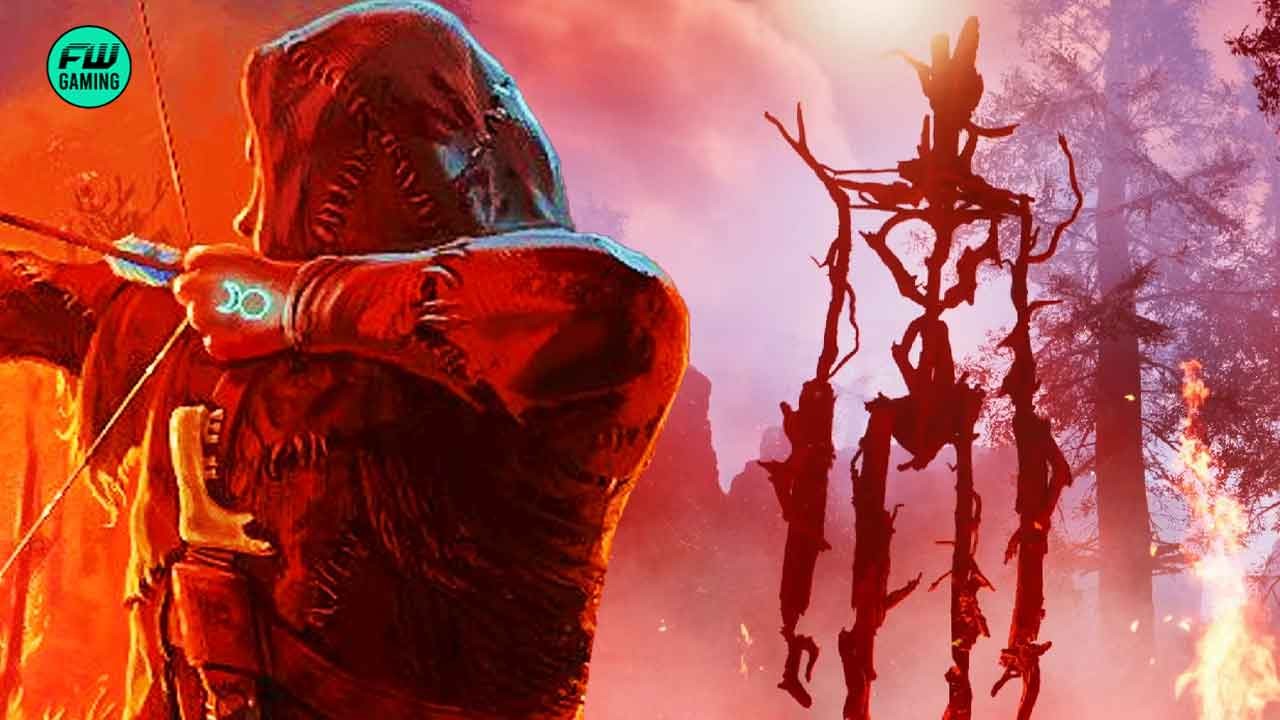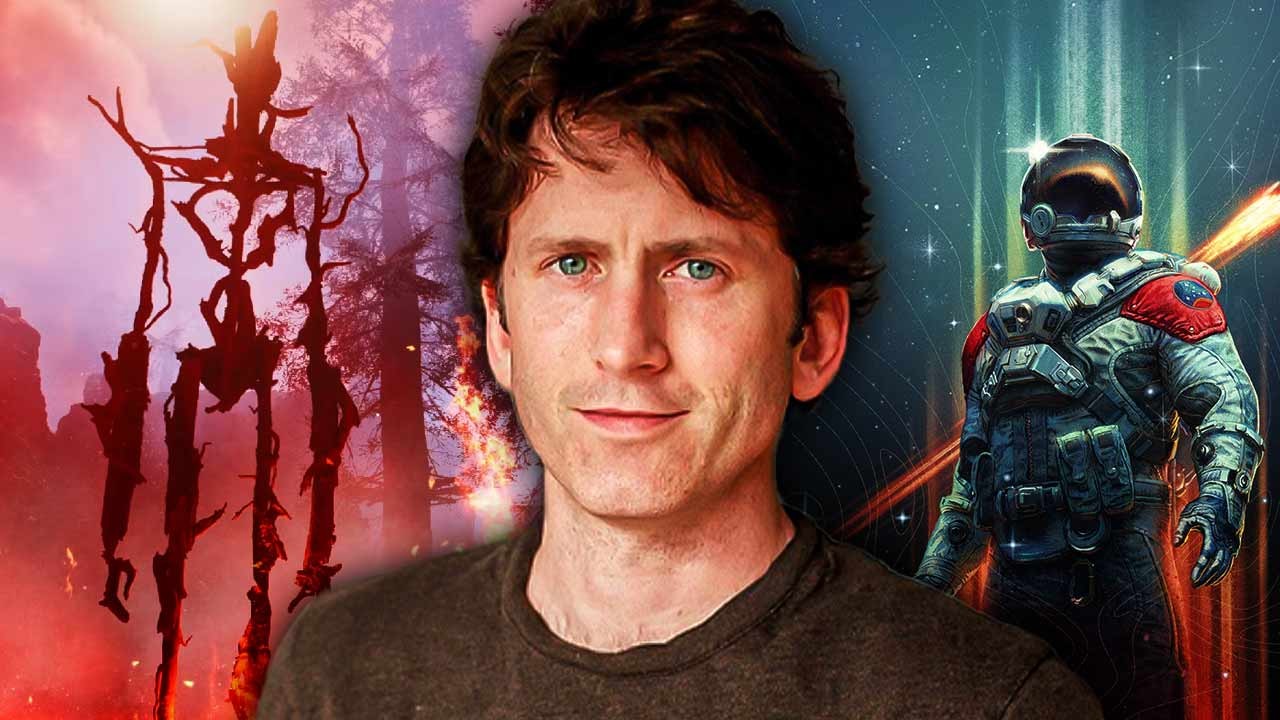If you’ve played Fallout 3, Fallout 4, Skyrim, Fallout 76, or Starfield, amongst others, there’s a big chance you’ll have experienced some of Nate Purkeypile’s work without necessarily realizing it. A big part of the success of the modern-day Fallout franchise, the developer left Bethesda in search of a new challenge after developing Starfield and found it in a big way with The Axis Unseen.
Solo-developed, the heavy metal, open world, urban legend, and creature hunting game are soon to be released, and whilst there are some pretty clear inspirations from his time on the aforementioned Bethesda games, The Axis Unseen looks to have refined a great deal of them, and made them all the better.
We were lucky enough to speak to the man himself about all manner of things, from Fallout to his upcoming game and even some Thunderdome reveals!
[Some of the answers below have been edited for clarity and length.]
Nate Purkeypile, His Work, Departure from Bethesda, and The Upcoming The Axis Unseen Release
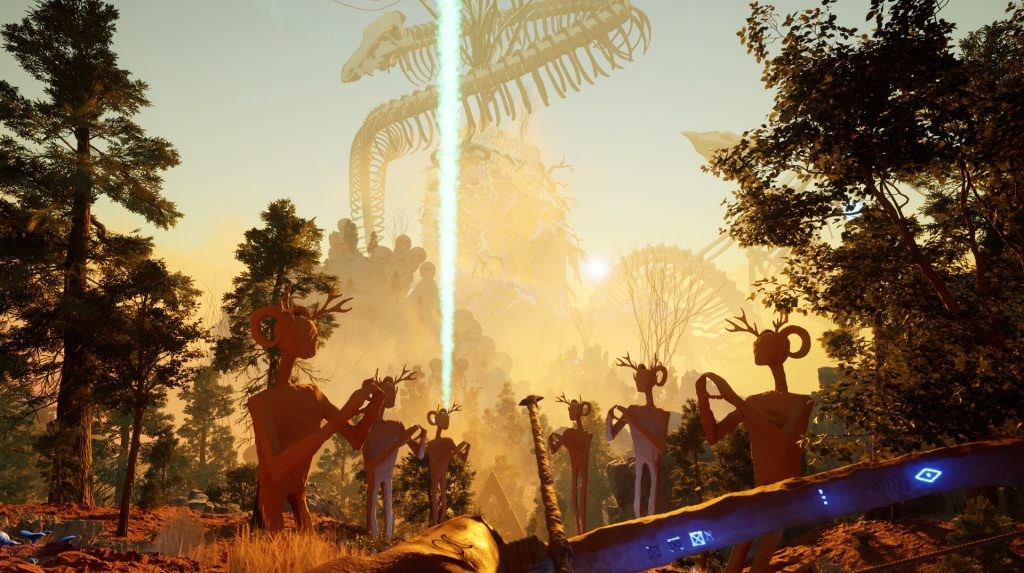
For those who may not be aware, would you mind introducing yourself, who you are, and what you do?
My name is Nate Purkeypile, I have been making games professionally for about 20 years now. I worked on games like Skyrim, Fallout 3, Fallout 4, Fallout 76 (as the Lead Artist, effectively Art Director), Starfield, Metroid Prime 3, and Aeon Flux. Now I’m a solo indie developer making The Axis Unseen.
In your long and illustrious career, you’ve worked on massive titles, both in scope and popularity. With how the market is seemingly shifting with the success of the likes of Palworld and Helldivers 2 – to name a few -, how do you think the industry will adapt to follow suit?
I think this was an inevitable course correction. Games are extraordinarily expensive to make and it is hard to hit the sales targets to justify the budgets of a lot of the games that are being made. So, it was only natural that you would see some of these smaller-scale titles end up being where more innovation was happening, which leads to some big hits.
I have seen this happen so many times in my career where everyone tries to follow the big trend (MMOs, open world games, battle royale games, extraction shooters, etc.) and there’s always only a handful of winners.
Absolutely. I think it’s a lot more sterile of a game and lost a lot of that sense of surprise and wonder that you get playing Fallout and Skyrim.
Looking back at what you’ve done thus far, is there a particular game or moment that was more difficult than any other? And the inverse of that, more rewarding than any others?
Shipping Fallout 76 was difficult. Making a multiplayer game is orders of magnitude more complicated than a single-player game, and building the tech to do that while also building a game is tough. I’m glad the game got the support it needed after shipping, and now most of the people who play it like it. Its numbers are even higher now with the show just having come out.
Shipping Point Lookout for Fallout 3 was really rewarding. Making DLC is a lot of fun because the tools are stable(ish) and you know how to build content fast. I was the Co-Lead/Lead Artist along with Joel Burgess and we built that using about half the team (with no programming support) in about four months. I’m still really proud of that DLC.
What prompted the departure from Bethesda and taking on the risk of developing your own game?
It simply got too big for my tastes. Instead of being a scrappy team in the basement making Fallout 3/Skyrim, it became four different companies spread across the world and countless levels of approvals and meetings. On the one hand, you need that to build a game as big as Starfield, but on the other hand, I find it really inefficient and hard to get people invested in things when it’s so process-heavy.
So it sounds like you’ve gone back to the ‘scrappy team in the basement’ side of things with The Axis Unseen – any plans on expanding and taking others on to help out? Or perhaps to help develop some future DLC?
The Axis Unseen is a Love Letter to Heavy Metal and Urban Legends

Can you tell us a little about The Axis Unseen for the readers who may not be aware of it yet?
The Axis Unseen is a heavy-metal horror game where you hunt monsters from folklore. It’s set in an open world and I am building it using Unreal 5.
At present, you’ve only announced the Steam release, but we gamers are a greedy bunch – will you be releasing it for consoles as well?
It’s still TBD, those conversations take a while, and porting to consoles, while easier than it used to be, is still a pretty involved process. I’m a solo developer, so I need to be pretty conscious of my time.
How different is the approach to console development for you, compared to PC?
It’s not as different as it used to be now that consoles are basically computers. Most of the work is involved in the certification process (lots of random rules you have to follow) and custom features like haptics and controller lights.
Some people joke that my game is a game just about being a “stealth archer” like in Skyrim.
I think a few people have the wrong idea when it comes to game development over multiple platforms, so how do you ‘port’ a title over?
It’s largely the same game and not some completely custom thing. It depends on which way the port is going though. If it’s from consoles to PC there’s often more work just on the baseline compatibility between all the hardware configurations. Especially with AAA games.
It’s a lot of code and UI work mostly though. Artists for example pretty much never have to care about it and if some art does need to be changed (like lower-resolution textures), those get automated as part of the build process and aren’t done by hand.
How is the approach to developing The Axis Unseen different from your previous work on games with more developers?
It is definitely a lot more varied with how I have to spend my time. I got a composer to do the music, someone to do the drawings for the journals, and some writers for the journals, but everything else, I need to do. So that means models, animations, systems, marketing, bizdev meetings, trailer creation, audio, lighting, you name it. I have to wear all the hats. I really like that though and it’s part of why I wanted to do it. I find it fun working on all those different things.
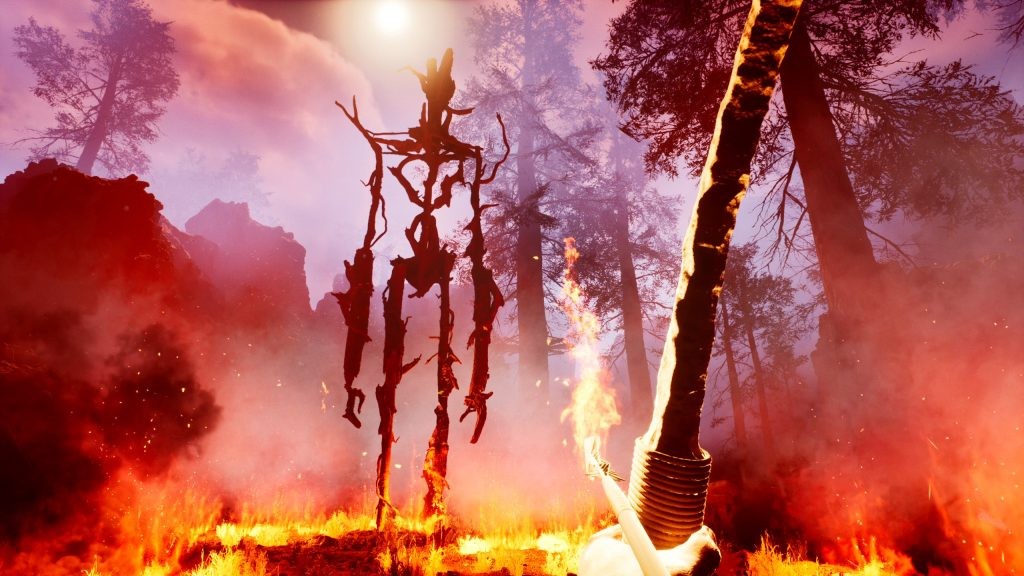
What was the biggest culture shock to striking out on your own? With a huge game, no less.
It’s just a very different feeling talking and meeting other developers. Before, I was involved in these huge projects and I was just a part of it. Now, it’s just me. Some people might know who I am, but there’s a really high chance they don’t know about my game. Everyone knew about Skyrim and Fallout. It was literally covering huge buildings when we would go to E3 and it had wild launch parties with all sorts of Hollywood celebrities. So that’s pretty different, to say the least haha.
And are there any specific inspirations you could point to that would be familiar to Bethesda fans in your upcoming game?
Some people joke that my game is a game just about being a “stealth archer” like in Skyrim. That said, my game plays pretty differently and is closer to a hunting game. There’s a lot more depth to the combat with things like wind direction mattering, tracking creatures, etc. Also if you’re feeling confident you can try to ignore being stealthy. It’s harder though.
…depending on how fun it is and how hard it is to implement without just breaking the game and having all the creatures murder each other.
With you mentioning the depth of combat, can you give us some more examples and how they come into play/how we would use them?
One obvious example would be weaknesses between creatures. For instance, a headshot of the Horned Beast (the mutated deer creature) doesn’t do anything, since it has a solid bone head and the shots just bounce off. So you need to shoot it in the lungs.
Other creatures might take absolutely no damage from regular arrows and you need to find unique ones, like the fire arrow. A lot of the creatures have custom behaviors as well. One of the creatures only moves when you’re not looking at it and even though it’s pretty big, it’s been quite effective at sneaking up on playtesters.
You made it public that currently there are 24 creatures in the game, with a further 42 variants on hand to scare and terrify us. Is that likely to change prior to launch, be it more or less?
There’s a chance as I playtest and polish it up for shipping, I add more. It’s pretty unlikely I’d cut any of them though. If I did, it would only be to replace them. I’m pretty happy with all the ones that are in there though.

Those 24 you’ve included you’ve mentioned are drawn from a variety of cultures. This opens the door for a lot to be included that fans wouldn’t necessarily expect, as well as some cultures get the representation they’re not used to in any type of media. So with that said, what is the most unique creature to your game that we’re not used to seeing featured elsewhere?
It’s tough to pick one, but one I don’t think I’ve ever seen in anything else is the Bunyip, which is a creature from aboriginal mythology in Australia. The core idea behind the game is that this world is where all the monsters in our world come from, so it is pretty open with what I pull from. Some are amalgamations of different myths from around the world, others are a bit more specific. Things like Sasquatch are quite global but others are hyper-local.
Do you have a personal favorite? Is it design, to implement or even to fight?
I really like the one I call “The Tooth Fairy”. It has teeth for eyes. You can only see it out of the corner of your eyes. You run into it in this place cloaked in darkness that is extra creepy and it’s not clear at first if it even exists or not. Watching playtesters fight that creature is hilarious. The reactions are priceless once they realize what is going on.
Just hearing about The Tooth Fairy has me anxious. Care to elaborate a little more on this creature? Puts me in mind of Channel Zero.
Channel Zero is great, that show is really underrated. This one came from the idea that people mention seeing stuff “out of the corner of their eyes” and I wanted to roll with that idea and make it real. I want all the creatures to look and behave differently and it seemed like a fun way to do it.
Especially since it is in one of the extra creepy and oppressive regions. Seeing the little puffs of their footsteps and the chittering sounds they make but not really seeing them works out great and I can’t wait to see the reactions from players and streamers.
I have played so many games lately where you are spending just this massive chunk of time fiddling around in menus and I don’t like how that feels at all.
And post-launch, will you be adding more creatures? If so, any teases on who we could expect?
That probably depends on how well the game does. That said, it’s very easy for me to add more and the pool of creatures to pull from is endless. It took a long time to narrow down what I wanted to do. I am pretty sure I read about basically every creature that exists while working on this game.
How do the creatures interact with one another? Can you lure them into a giant free-for-all where the Chupacabra lays the smackdown on a Wendigo before the winner shows down with a Leviathan? (I’m heavily assuming creatures there, of course)
Right now they mostly work with each other and call for support/alert other creatures, but I might end up doing things like that depending on how fun it is and how hard it is to implement without just breaking the game and having all the creatures murder each other.
Being that you describe it as a ‘Heavy Metal Open World Hunting Game’, I have to ask as a rock and metal fan myself, other than the musical direction, what else makes the game metal?
Besides the music, I would call the art direction pretty metal. It probably has more skulls than any game, uh, maybe ever. There are tons. A lot of them are gigantic, and some of them are huge monster skulls with horns. Everything is epic. Some of the creatures are around 20 stories tall. It’s the world I see in my head when I’m listening to crazy metal and thinking about monsters.

I remember seeing your comment about Supernatural, and ‘finding the source’. Are there creatures in the game that’ll require more than just physical damage to kill them? Salting and burning, finding items they’re linked to, using special weapons as that’s their only weakness, etc. If so, can we get an example?
An easy example of that would be the giant tree golem that is in the trailers. If you shoot that with a regular arrow or try to stab it, nothing will happen. You can’t just arrow a tree to death. So how do you fight a tree? 😊 It’s up to the player to figure that out and as you progress through the world you will find new items and abilities.
With six different biomes, I’m sure different creatures appear in each one, but if they happen to end up in one they’re unfamiliar with, do they behave differently? A Wendigo famously doesn’t like fire, so using that example, they’d peg it out of any heat-based biomes?
Right now they mostly just have different behaviors compared to each other and if you brought them somewhere else, they won’t act differently. That said, I might end up changing that as I adjust how creatures are distributed in the world and how they behave. A lot can change between now and shipping based on what is fun and what works well for the game.
It’s pretty unlikely. Like I said, I’ve worked on them for a decade and two of them won the most Game of the Year Awards when they came out. So, it seems pretty unlikely that I’d top that, so I’m pretty happy approaching other challenges.
You recently shared The Axis Unseen’s unique way of leveling up, saying the “goal is to keep you in the game world as much as possible”. Firstly, how did this come to fruition? Was it the idea of keeping us in the game that came first, or the idea of the altars and then how to use them?
Having as little UI as possible and having everything in the world was one of the core pillars of the game. I have played so many games lately where you are spending just this massive chunk of time fiddling around in menus and I don’t like how that feels at all. It’s fine for some games, but I wanted to make something that was just designed to draw the player into the world and have them explore it and experience it. Staring at menus just pulls me out of games and makes me see the design of the game.
How do you combat the idea of minimal menus with core open-world RPG mechanics like maps, waypoints, quest markers, and so on?
Instead of relying on maps, since it is an epic metal game I instead use gigantic landmarks that you can help use to orient yourself. Like the mountain that is ~2 miles tall. So it’s a lot harder to get lost. A lot of games rely SO MUCH on maps that their level design and landmarks are just not very good. So you need to look at the map because frankly, you’re lost without it. It’s a crutch.
That said, there’s also an arrow type I added recently called the “Spirit Arrow”. When you shoot this, you can look through wherever the arrow goes. So you can get a birds eye view of where you are or scout ahead.
For quest markers, the closest thing is the next power you need to get or weapon/magic power altars. These all have pretty obvious effects that you can see from very far off, even if it’s foggy/bad weather. That way the player can just see them and head towards them without just staring at a minimap the whole time.
Nate Purkeypile Looks Back on His Time at Bethesda
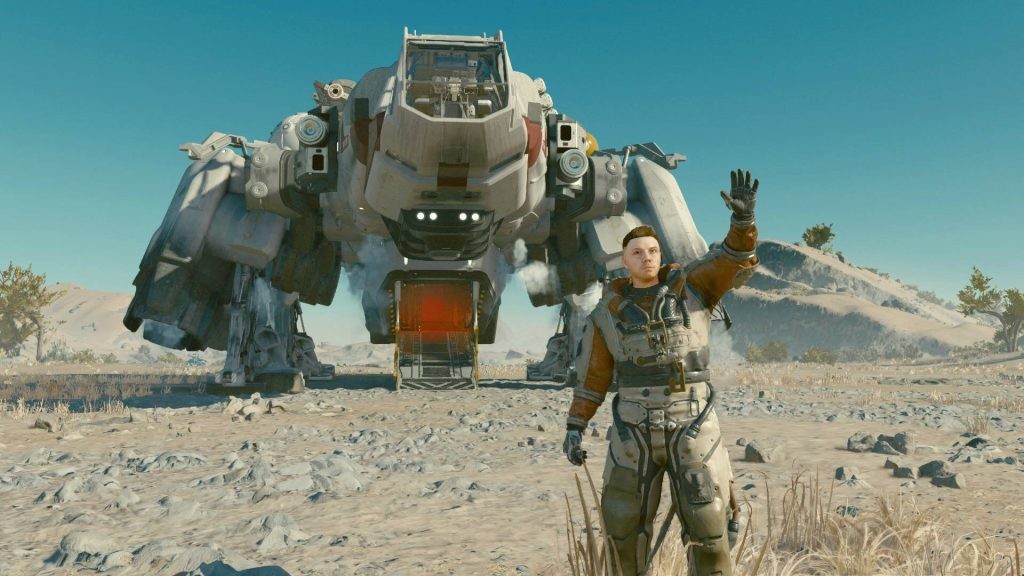
Fallout is everywhere right now, thanks to the show over on Prime. Having been a big part of the success of the modern games, how does it feel to see the reception the show is getting?
It’s great seeing it turn out so well and resonate with people. I worked on the Fallout games for about a decade and seeing it change from this obscure thing that people like me liked into what it is today has been really gratifying.
As a follow-on to that, it must make you want to pinch yourself when you see some of your ideas, props, and concepts appear on the big screen.
It’s pretty weird seeing all that stuff become real after staring at it so closely for a decade of my life. My cats even show up in the show. Ilya Nazarov, who was a concept artist at Bethesda, did paintings of my cats for Fallout 4 and they show up in the background. They could have used anything, but all sorts of random things are pulled directly from the show. The attention to detail is wild.
And for those parts of the Fallout franchise you’re responsible for that haven’t yet made it to the show, what ones would you like to see up there in the inevitable season 2?
It would be great to see Point Lookout, Diamond City or some of the creatures from Fallout 76 show up in the show. Those are all pretty important to me, but it’s hard to pick. I could point to almost anything and say “Well that would be cool to see”.
I haven’t announced it just yet. It’s definitely this year though.
One of my writers Arkaneel – who wrote an article on your Fallout props – wanted to know, what’s the story behind Nuke-the-man in Live & Love?
Haha, so that is another painting that Ilya did. It’s a reference to the trip to Burning Man that me, my wife, Istvan (Fallout’s art director), and Yan Qin (a character artist who is now a UI artist at BGS) went on. Istvan and I fought in the Thunderdome. It was epic. I like to joke that this is the way you become an art director (since I was effectively the art director on Fallout 76) in a Fallout game, you have to fight the previous one in the Thunderdome.
Who won?
It’s been a while but I think Istvan might have technically won at one point I had grabbed the foam bat from him and had both of the bats and was wailing on him. So I think I should have won haha. We also found a Fallout-themed camp when we were there, which was really cool.
Do you think there’d ever be a time when you’d like to return to the world of Fallout and Bethesda? If so, in what capacity?
It’s pretty unlikely. Like I said, I’ve worked on them for a decade and two of them won the most Game of the Year Awards when they came out. So, it seems pretty unlikely that I’d top that, so I’m pretty happy approaching other challenges.
And talking of Bethesda, with all the buzz around The Axis Unseen right now, have you heard from Todd Howard regarding it? Any tips from the man himself?
I have not heard from Todd since I left. I think he has quite a bit on his plate.
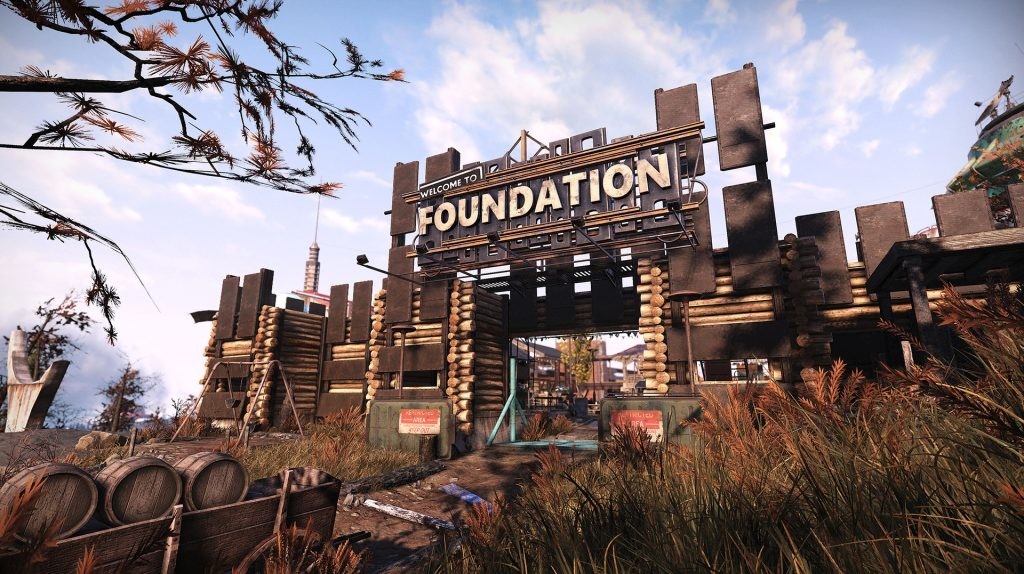
With that in mind, what was the best lesson you learned from your time at Bethesda and Todd Howard, that you may think would benefit any young developers out there?
For me, the biggest thing is the way games like Fallout 3, Skyrim, and Fallout 4 were developed. There was an overarching vision, but people were also given a lot of freedom to do what they wanted and make things they thought were cool. It was not all top-down. That is where a lot of the most interesting stuff comes from and I think that’s the best way to make an open-world game.
The purely top-down design method results in games that feel like a checklist, because really, it sort of is. I think that’s why those games are still so timeless, it really does feel like an adventure where you don’t know what to expect.
I can’t help but notice you didn’t mention Starfield there. Was there less freedom offered during development compared to the other three you mentioned?
Yeah, the team was so huge at that point there were a lot more checks and balances and meetings. Also, just a lot more people involved in any particular thing. So there was a lot less freedom and also the tools were still pretty in progress due to all the massive tech changes, so it was hard to get enough velocity while working on stuff to get the bandwidth to do extra stuff.
On Skyrim on the other hand I was somehow a year ahead of schedule (and I wasn’t on it that long compared to some other games like Fallout 4) so I was able to do stuff like Blackreach without anyone really caring.
And are those changes in development partly why Starfield hasn’t been as well received, do you think?
Absolutely. I think it’s a lot more sterile of a game and lost a lot of that sense of surprise and wonder that you get playing Fallout and Skyrim. I also just don’t think the structure of a thousand planets works for exploration and discovery and always just thought it wasn’t a good fit for a Bethesda game.
It is closer to something like No Man’s Sky, but that leverages procedural content in a much more in depth way that Starfield doesn’t, so it lives in kind of a strange in-between zone that didn’t really work for me. I also don’t think exploration works well with loads and it has a lot.
Shipping Fallout 76 was difficult.
Lastly, is there anything regarding The Axis Unseen, that you’ve yet to be asked in an interview, or something you’re bursting to tell the world, that you’d want to use this opportunity to?
Well, the big one is that I’m slowly going to be expanding my playtesting of the game. I’m starting with active people on my Discord (there’s a link on the Steam page) and then I’ll slowly be expanding that over time. Eventually, I’ll probably even do a semi-public one before the official demo launch. Lots going on this year!
Also don’t forget to wishlist the game on Steam!
Talking of the Official demo launch. When is that?
Later this year. I will slowly be doing more and more private tests of it though, starting with people in my Discord (there’s a link on the Steam page) and eventually opening that up a bit more to the public through the Steam Playtest feature.
And have you decided on a release date yet?
I have but I haven’t announced it just yet. It’s definitely this year though.
Thanks so much for taking the time to answer all these questions!
No problem! Thanks for your interest in the game!
The Axis Unseen is due out later this year on Steam/PC, and as you’ve seen above, there’s always the potential for a console release as well, fingers crossed. If this interview doesn’t have you excited for the next big thing in open-world gaming, we’re not entirely sure what will, but be sure to check out our future coverage of the game, and potentially something video related closer to launch!
Once again, thanks to Nate Purkeypile for taking the time to answer all these questions! Let us know what you think in the comments below!

